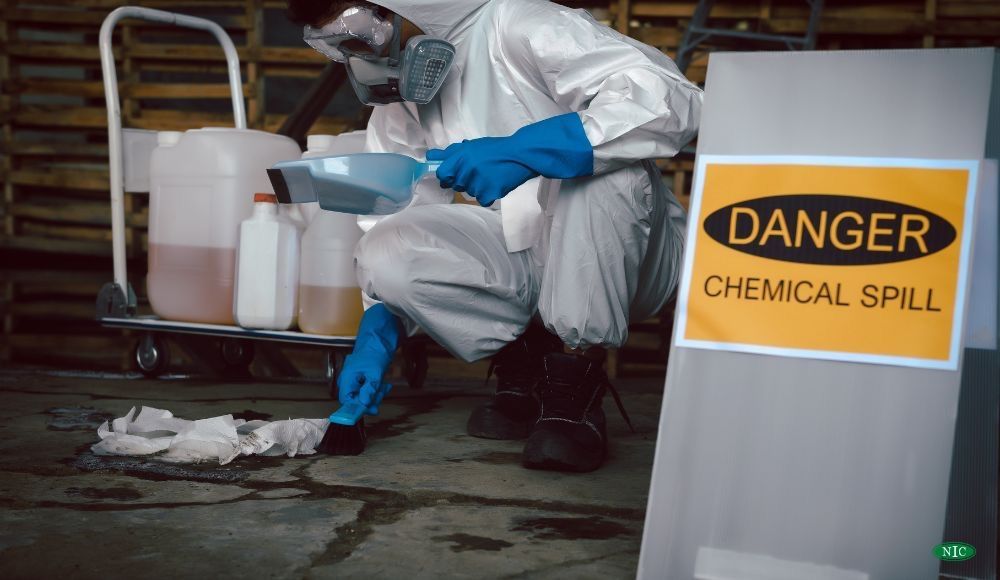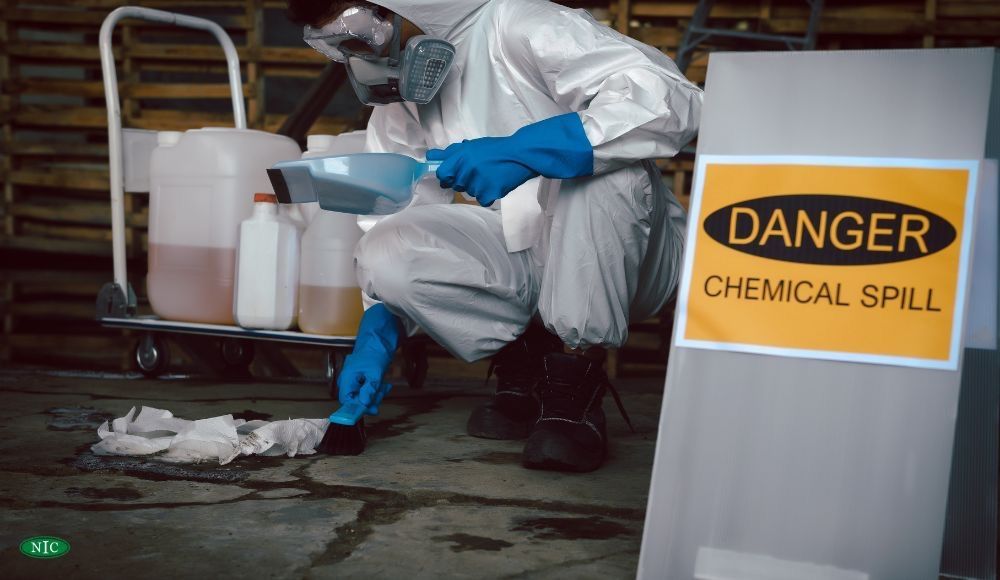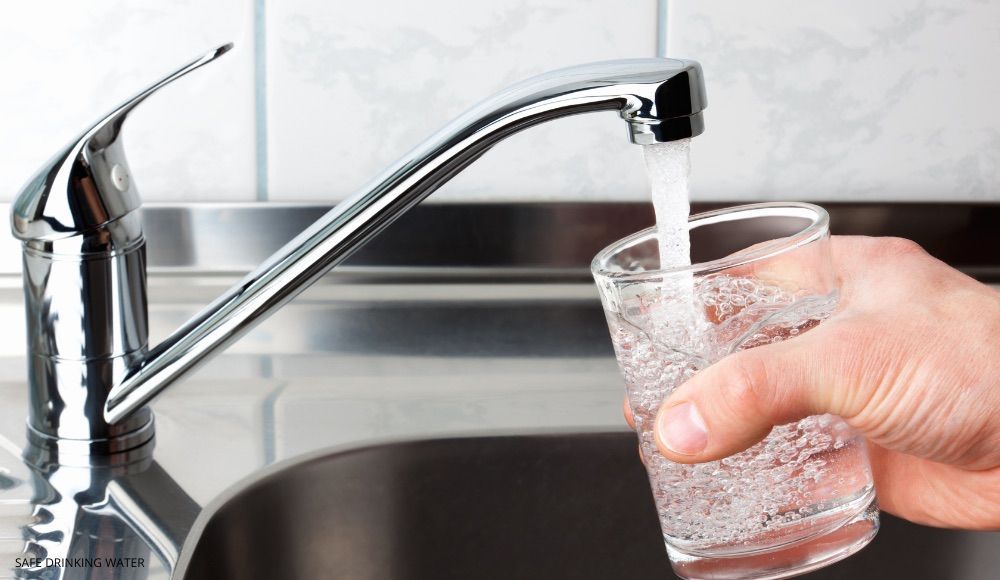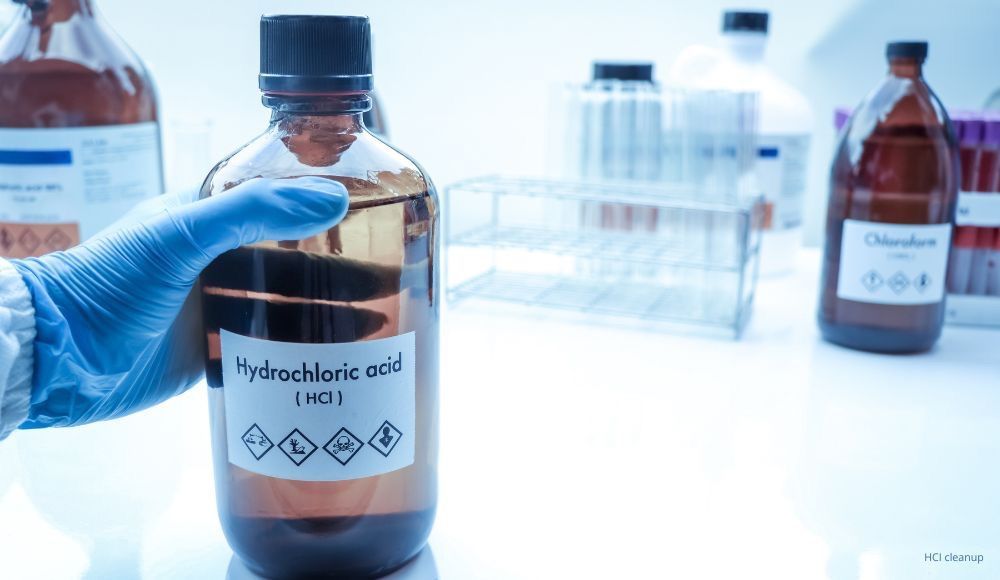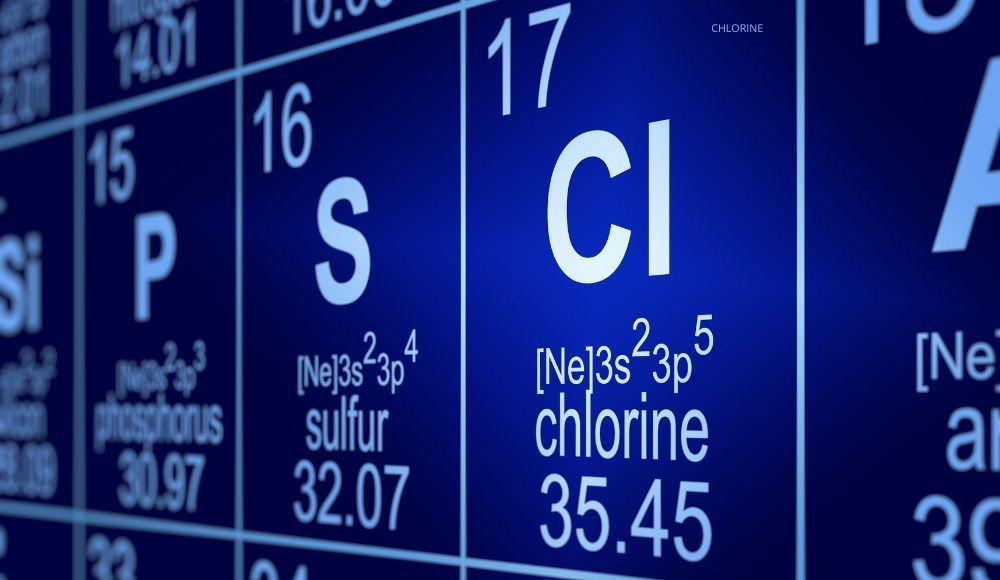What is a Neutralizer? Explanation and Uses
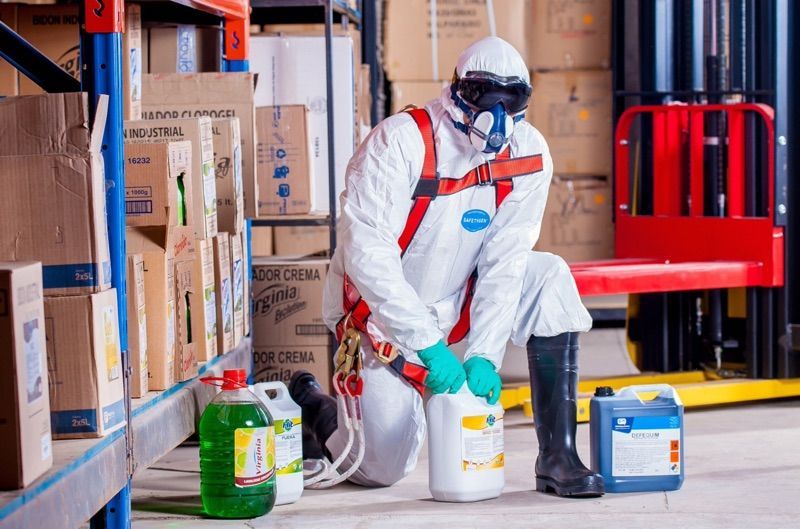
Is your work with industrial chemicals causing environmental dangers due to hyperacidity or hyperalkaline solutions? If so, you need to improve your chemical cleanup processes by asking “What is a neutralizer?” and learning to embrace their uses.
This quick guide will teach you how neutralizers work and look into their benefits as well as the top tips to use them effectively.
How Neutralizers Work
If your first question is “What is a neutralizer?”, the simple answer is that it is a substance “used in the process of neutralization toadjust the pH of a solution by adding acid or alkali, ensuring complete neutralization for environmental or industrial purposes.”
When working with industrial chemicals, you may use acidic (below pH7) or alkaline (above pH7) substances. In either case, neutralizers bring the pH level back to pH7 for a neutral solution. It is a process used in a variety of daily instances, ranging from antacid tablets to toothpaste. When working in industrial settings, neutralizers are also needed for managing acidic or caustic materials following chemical spills.
Neutralizers work by creating a chemical reaction between the acidic and base elements, forming water and a salt. The velocity and power of the reaction can vary greatly depending on the chemicals or neutralizers used. However, once complete, the resulting materials can be cleaned up with ease.
Benefits of Using Neutralizers
Neutralizers are hugely beneficial in any setting where industrial chemicals are used because they play a key role in managing chemical spillages. An estimated537 thousand people work at U.S. chemical companies, not including pharmaceuticals, while many other companies use them in labs and other settings.
While it isn’t a requirement from OSHA or EPA, using neutralizers as a part of the chemical cleanup process has many benefits, including but not limited to;
- There are products to neutralize base chemicals (like citric acid) or acidic chemicals (like sodium sesquicarbonate).
- Neutralizers are available as simple or complex solutions, meaning you can always find the right solution.
- Chemical neutralizers usually provide an estimate of how much is needed to neutralize a spill.
- Many products also include color indicators to let you know when the pH level is back to 7, saving you from manual testing.
Neutralizers are truly the fastest, safest, and most efficient solution for responding to chemical spills.
Tips for Using Neutralizers Effectively
When using neutralizers for chemical spills in industrial settings, you must support yourself by choosing the right products. To do this, you must choose a neutralizer that works against the types of chemicals you use (for example, using a base neutralizer when working with acidic chemicals) while also considering the volume requirements.
Other top tips to use them effectively include:
- When working with a weak neutralizer, try to add it slowly in case of a fierce reaction.
- Always read the instructions on your chosen chemical neutralizer and wear appropriate safety clothing.
- If a color indicator isn’t included, be sure to test the pH level to confirm neutralization rather than guessing.
- Leave the neutralization process until the final part of the chemical cleanup for large spills but use it earlier for small (under 5 gallons) spills.
Contact Us for All Your Industrial Chemical Needs
We offer provide the very best chemicals for a variety of industries including food processing, vehicle cleaning, and more.
Contact our friendly experts today to learn more and to receive a free quote~
